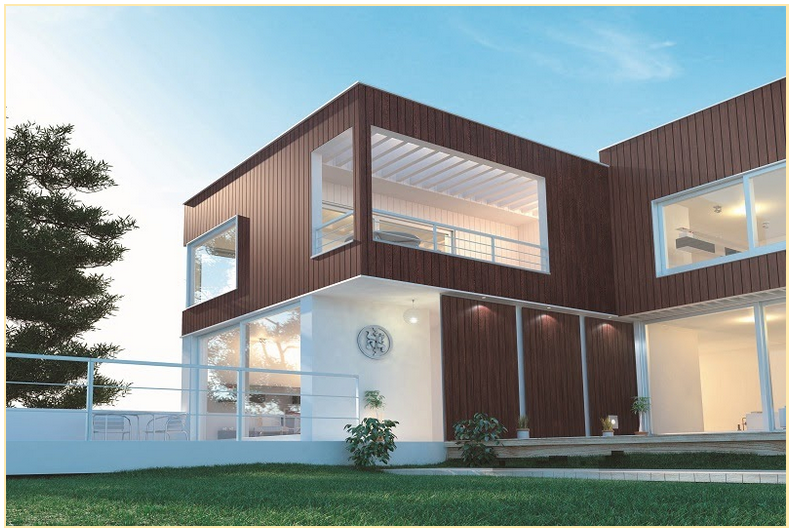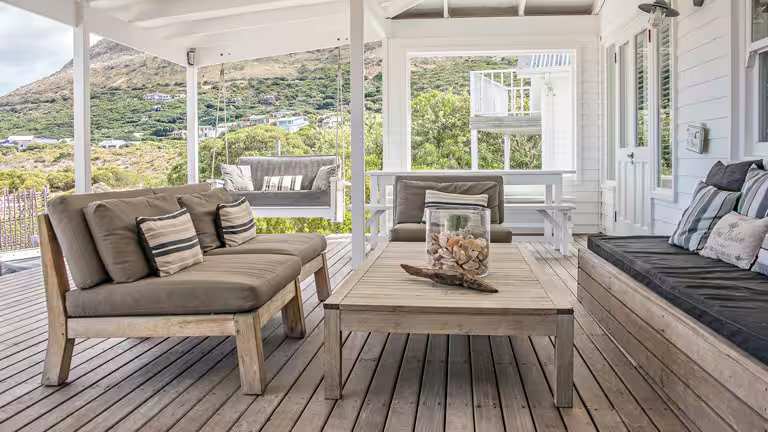In recent years, artificial grass has become increasingly popular as a versatile alternative to natural grass for both residential and commercial applications. With its low maintenance requirements, durability, and aesthetic appeal, artificial grass offers a convenient way to enjoy lush greenery without the hassle of regular upkeep. Whether you’re looking to enhance your backyard, create a pet-friendly play area, or improve the curb appeal of your property, artificial grass provides endless possibilities for transforming outdoor spaces into inviting retreats.
How to Lay Artificial Grass: Step-by-Step Installation Guide
Installing artificial grass may seem like a daunting task at first, but with the right approach and guidance, it can be a straightforward and rewarding DIY project. Whether you’re a seasoned DIY enthusiast or a novice homeowner looking to spruce up your outdoor space, this guide will equip you with the knowledge and skills needed to achieve professional-looking results and enjoy the benefits of artificial grass for years to come.
Understanding Artificial Grass: Types and Benefits
Before diving into the installation process, it’s important to familiarize yourself with the different types of artificial grass available and their respective benefits. Artificial grass comes in various materials, pile heights, and colours to suit different preferences and applications. Some key benefits of artificial grass include:
- Low maintenance: Unlike natural grass, artificial grass doesn’t require mowing, watering, or fertilizing, saving you time and money on lawn care.
- Durability: Artificial grass is resistant to wear and tear, UV rays, and harsh weather conditions, making it ideal for high-traffic areas and outdoor use.
- Aesthetic appeal: With advancements in technology, artificial grass looks and feels more realistic than ever, providing a lush green backdrop for outdoor living spaces.
Planning and Preparation: Setting the Stage for Success
Before you start laying artificial grass, it’s essential to plan and prepare the area where it will be installed. Here are some key steps to consider during this phase:
- Measure the area: Begin by measuring the area where you plan to install artificial grass, taking into account any irregular shapes or obstacles such as trees, flower beds, or pathways.
- Clear the site: Remove any existing vegetation, debris, or obstacles from the area to create a clean and even surface for the artificial grass. This may involve using a shovel, rake, or weed killer to eliminate weeds, rocks, and other debris.
- Prepare the base: Depending on the existing soil conditions and drainage requirements, you may need to prepare a suitable base for the artificial grass. This typically involves removing the top layer of soil, levelling the ground, and adding a layer of crushed stone or sand to create a stable and permeable base.
- Address drainage issues: Ensure that the site has adequate drainage to prevent water from pooling on the surface of the artificial grass. This may involve adding drainage channels or perforated pipes to redirect excess water away from the area.
Choosing the Right Artificial Grass: Factors to Consider
When selecting artificial grass for your project, there are several factors to consider to ensure that you choose the right product for your needs and preferences:
- Pile height: Artificial grass comes in various pile heights, ranging from short and dense to long and luxurious. Consider the intended use of the area and your personal preference for aesthetics when selecting the pile height.
- Blade shape: The shape of the artificial grass blades can affect the overall look and feel of the turf. Common blade shapes include flat, C-shaped, and diamond-shaped blades, each offering different levels of realism and resilience.
- Material: Artificial grass is typically made from synthetic materials such as polyethene, polypropylene, or nylon. Each material has its unique characteristics in terms of durability, resilience, and UV resistance.
- Colour: Artificial grass is available in a range of colours, from vibrant greens to more muted tones. Consider the surrounding landscape and your desired aesthetic when choosing the colour of your artificial grass.
Step-by-Step Installation Process: From Start to Finish
Once you’ve planned and prepared the site and selected the right artificial grass for your project, it’s time to start the installation process. Here’s a step-by-step guide to laying artificial grass:
Step 1: Prepare the base
- Remove any existing vegetation, debris, or obstacles from the area.
- Level the ground and compact the soil to create a stable base.
- Add a layer of crushed stone or sand to improve drainage and provide a solid foundation for the artificial grass.
Step 2: Install the weed barrier
- Lay a weed barrier fabric over the prepared base to prevent weeds from growing through the artificial grass.
- Secure the weed barrier in place using landscape staples or adhesive.
Step 3: Lay the artificial grass
- Roll out the artificial grass onto the prepared area, ensuring that the grain of the grass faces the desired direction.
- Trim any excess turf with a utility knife and make precise cuts around obstacles such as trees, flower beds, or pathways.
Step 4: Secure the edges
- Secure the edges of the artificial grass by fastening them to the ground using landscape staples or adhesive.
- Leave a small gap between the edge of the turf and any hard surfaces such as sidewalks or patios to allow for expansion and contraction.
Step 5: Infill the turf
- Spread a layer of infill material such as silica sand or rubber granules evenly across the surface of the artificial grass.
- Use a drop spreader or broom to distribute the infill material evenly and ensure that the grass fibres are fully supported and stabilized.
Step 6: Brush and groom the turf
- Use a stiff brush or power broom to brush and groom the artificial grass fibres, fluffing them up and removing any excess infill material.
- This step helps to improve the appearance and resilience of the turf, ensuring a natural and lifelike finish.
Step 7: Final touches and maintenance
- Inspect the installed artificial grass for any imperfections or areas that may require additional attention.
- Trim any uneven edges or seams to achieve a clean and professional-looking finish.
- Follow the manufacturer’s guidelines for ongoing maintenance, including brushing, rinsing, and removing debris as needed to keep your artificial grass looking its best.
Tips for Maintaining Artificial Grass: Keeping It Looking Like New
While artificial grass requires minimal maintenance compared to natural grass, there are still some steps you can take to keep it looking fresh and vibrant for years to come:
- Regular brushing: Use a stiff brush or power broom to brush and groom the artificial grass fibres regularly, especially in high-traffic areas.
- Remove debris: Remove leaves, twigs, and other debris from the surface of the artificial grass using a leaf blower, rake, or broom.
- Rinse occasionally: Rinse the artificial grass with water occasionally to remove dust, pollen, and other airborne particles that may accumulate on the surface.
- Treat stains promptly: Clean up spills and stains promptly to prevent them from becoming permanent. Use a mild detergent or artificial grass cleaner and rinse thoroughly with water.
- Prevent pet damage: Train pets to use designated areas for urination and avoid allowing them to dig or chew on the artificial grass. Consider using pet-friendly infill materials to minimize odours and bacteria buildup.
Artificial grass offers a convenient, low-maintenance solution for creating lush green spaces that can be enjoyed year-round. Whether you’re looking to transform your backyard, create a pet-friendly play area, or enhance the curb appeal of your property, artificial grass provides endless possibilities for improving outdoor living spaces.




